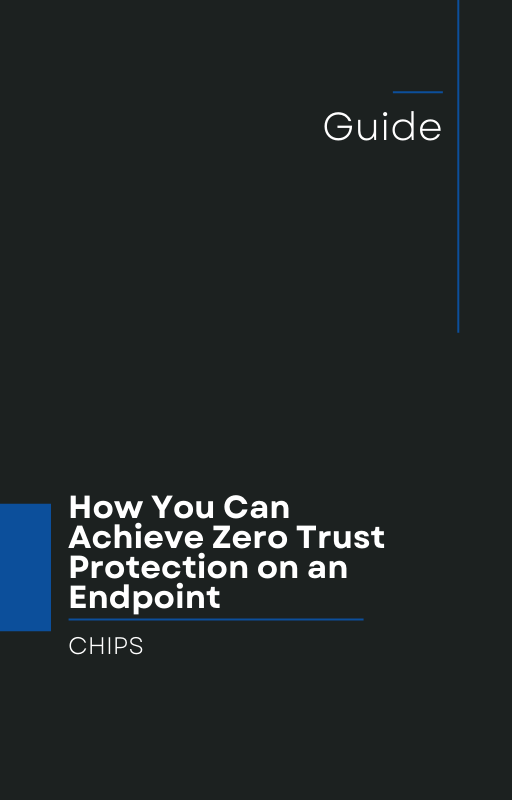From ToolShell to Warlock: A Cyber Crisis Unfolds
In July 2025, Microsoft revealed that the threat actor Storm-2603, a suspected China-based actor, is exploiting critical SharePoint vulnerabilities, CVE-2025-49704, CVE-2025-49706, plus bypass variants CVE-2025-53770 and 53771—to deploy the devastating Warlock ransomware on unpatched, on-premises SharePoint servers.
This attack chain, dubbed ToolShell, begins with uploading a web shell such as spinstall0.aspx via SharePoint, which lets attackers execute commands through w3wp.exe, evade defenses, steal credentials using Mimikatz, move laterally via PsExec and Impacket, and, ultimately, distribute ransomware through Group Policy Objects.
Infosecurity analysis estimates the compromise has impacted hundreds of servers—U.S. federal agencies like the NIH, Department of Homeland Security, and the National Nuclear Security Administration are among known victims. Shockingly, up to 9,000 services remain at risk worldwide.
Microsoft urgently advises deploying patches, rotating MachineKeys, enabling AMSI and Defender Antivirus, and enhancing layered defenses—but these actions are reactive by nature.
The Fatal Flaw of "Detect & Respond"
Relying on detect-and-respond strategies means waiting for threats to execute or signals to trigger. The ToolShell chain, however, moves rapidly—from exploitation to ransomware deployment—often before alert thresholds are met. By then, attacker control may already be entrenched, and critical systems already encrypted.
Even with robust monitoring, once a foothold is established, it becomes a race against time—and too often, the defenders lose.
Shift the Paradigm: Prevent Before It Breaches
Instead of waiting to react, businesses need to isolate and contain threats before they unfold. AppGuard achieves exactly that.
-
Zero-trust enforcement: AppGuard strictly confines application behavior, preventing unauthorized actions like writing to Group Policy or injecting into system processes—even if an exploit occurs.
-
Application isolation: Unauthorized binaries—even legitimate tools like
w3wp.exemisused by attackers—are blocked from carrying out malicious actions. -
Containment, not detection: Rather than generating alerts after breach, AppGuard stops executable threats in their tracks, blocking lateral movement, credential dumping, web shell persistence, and ransomware deployment.
With a 10-year proven track record in enterprise endpoint resilience, AppGuard offers peace of mind to business leaders committed to proactive, real-world protection.
Why AppGuard Is the Right Choice for Business Owners
| Key Business Concern | AppGuard Advantage |
|---|---|
| Minimize downtime & loss | Blocks ransomware before encryption or exfiltration. |
| Manage complicated tech stack | Transparent isolation works with existing AT/P systems. |
| Meet compliance and audit needs | Prevents unauthorized escalations, easing audit burdens. |
| Reduce cost of incidents | Stops attacks early—far cheaper than recovery. |
AppGuard isn't theoretical—it's tested. Many organizations have deployed it to contain advanced, stealthy threats with zero adversary success. Now, it’s ready for broader commercial adoption.
Don’t Wait for the Next Warlock Strike
Storm-2603’s moves—from web shells to ransomware—highlight a core truth: detecting threats after they’ve surfaced is no longer enough. The time has come to move from "Detect & Respond" to "Isolation and Containment."
Call to Action for Business Owners
If you want to protect your organization—and your peace of mind—from the next ToolShell-style attack, talk with us at CHIPS about how AppGuard can prevent this type of incident from ever gaining traction. Let’s keep adversaries out before they strike.
Like this article? Please share it with others!

September 3, 2025

Comments